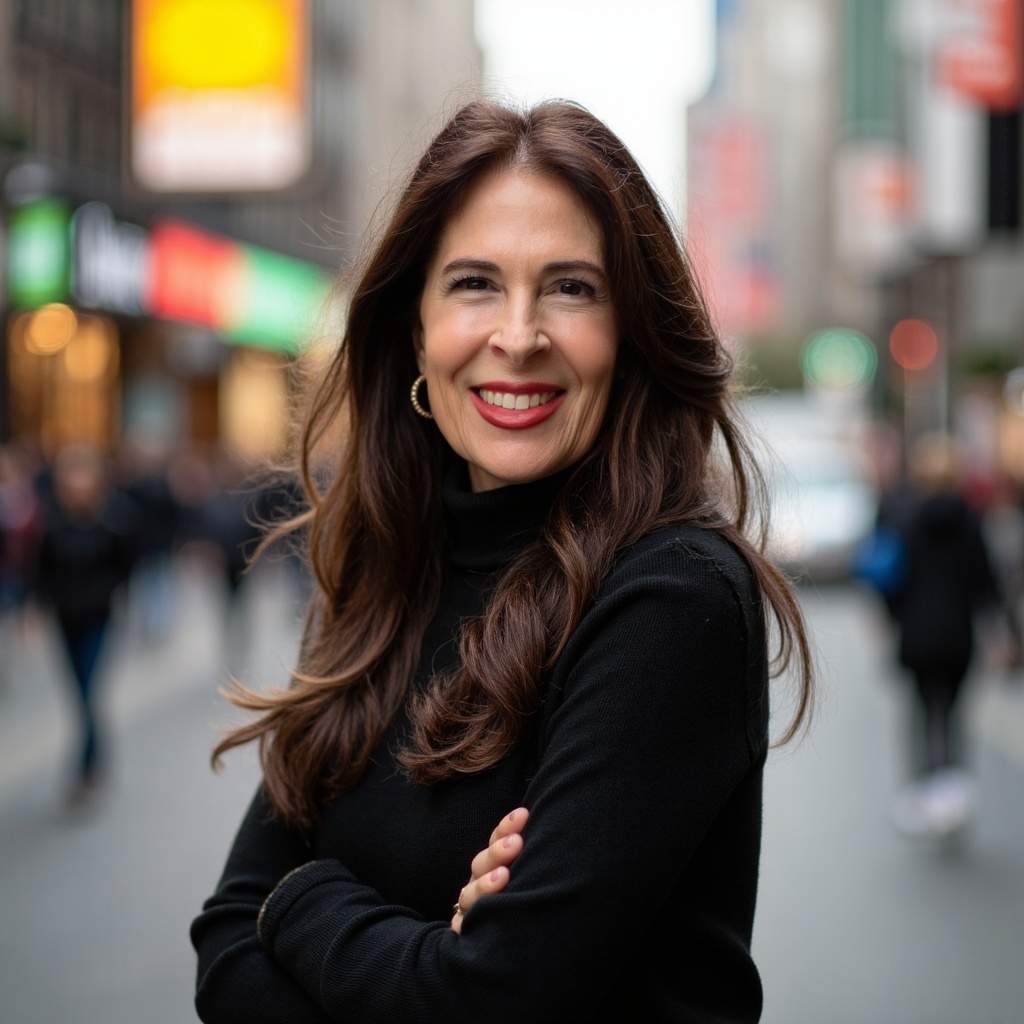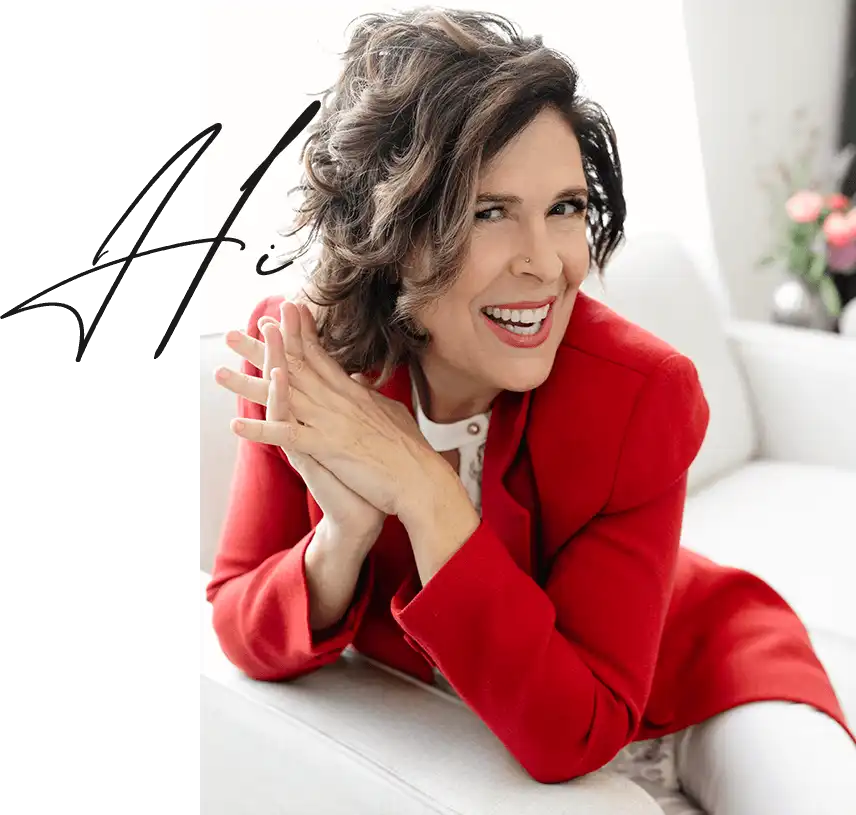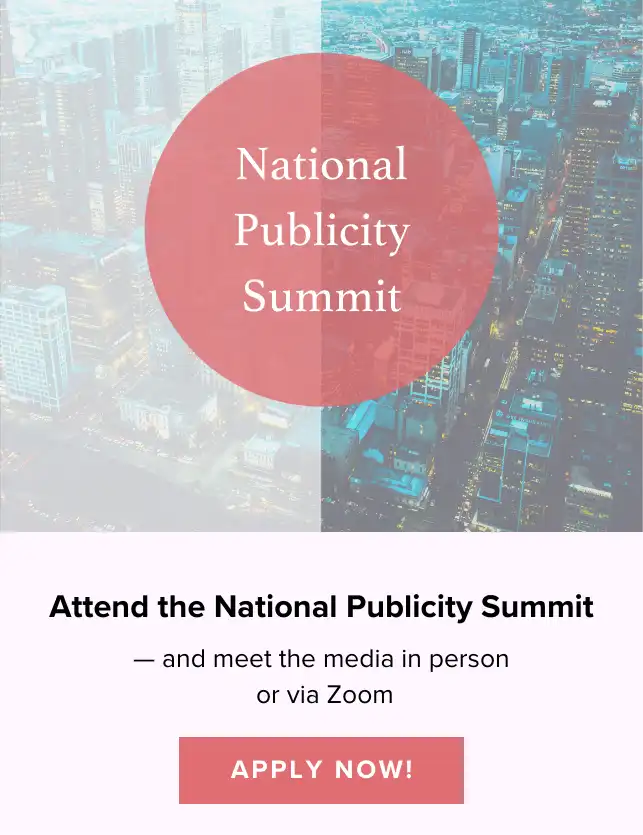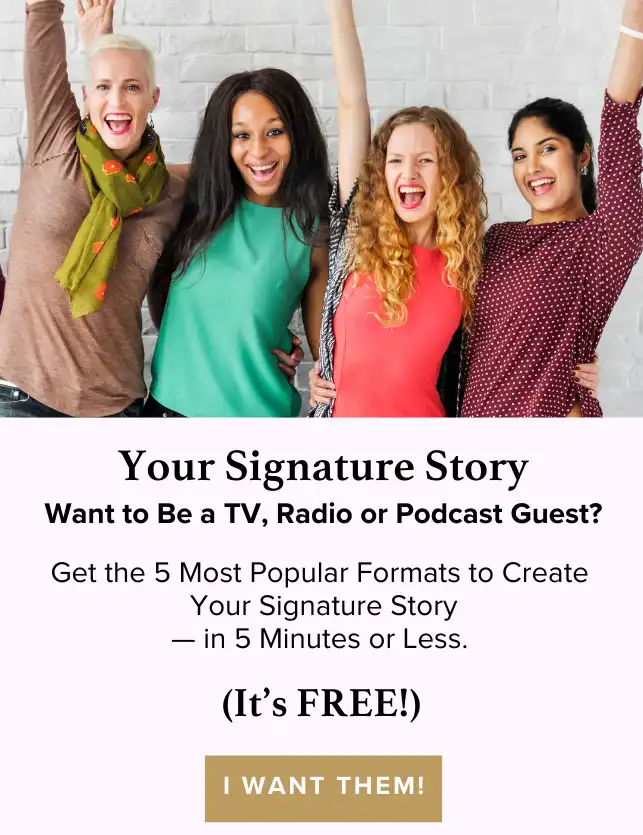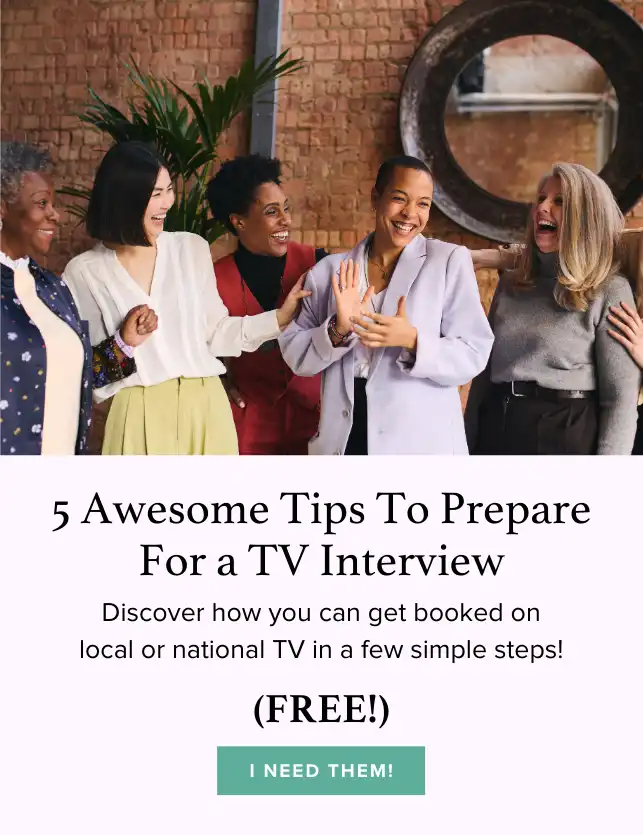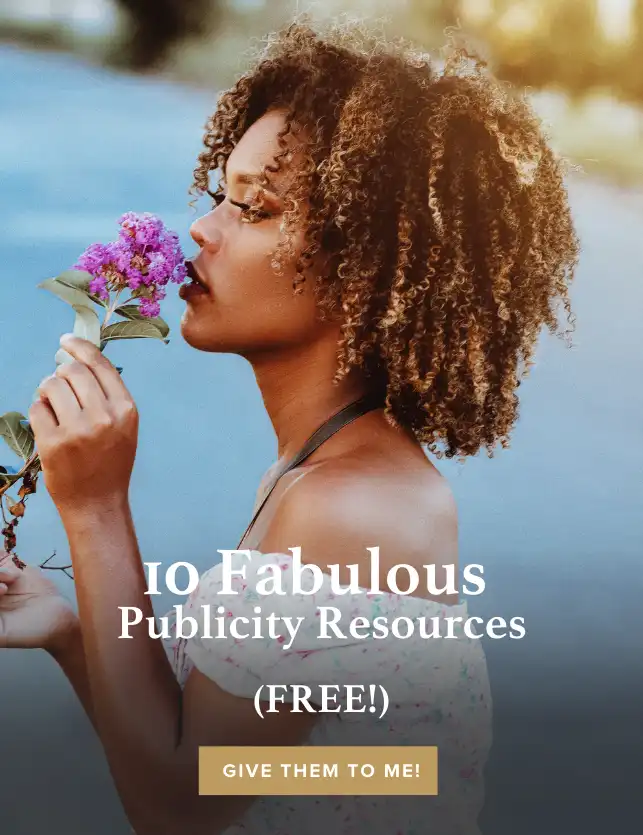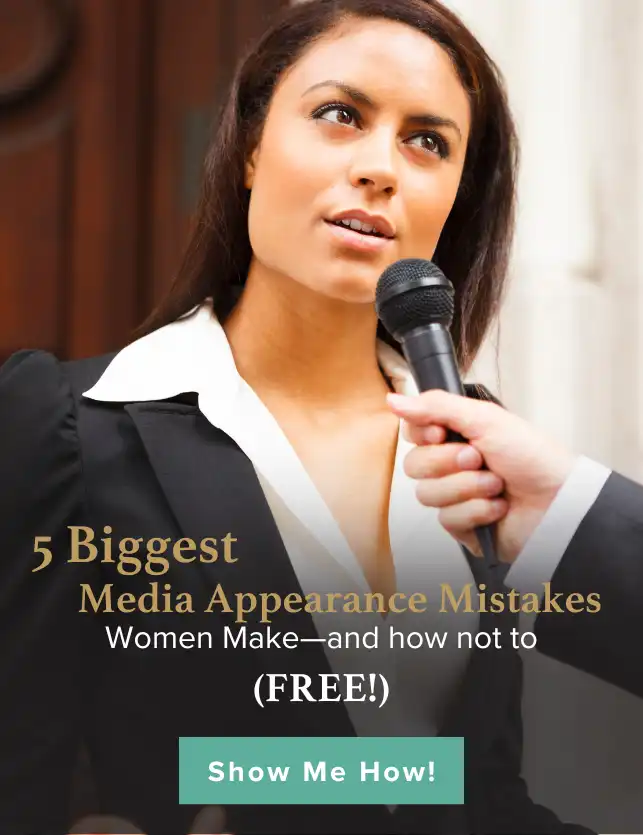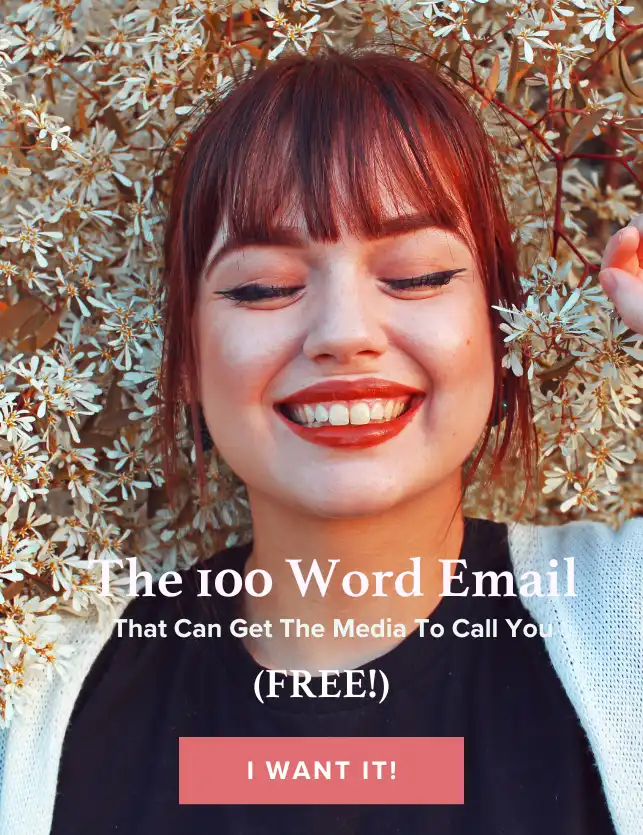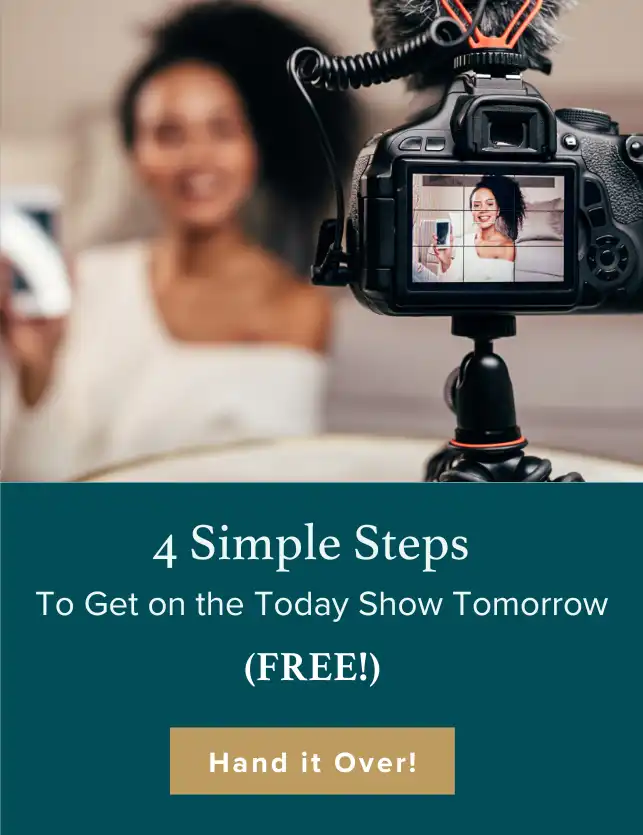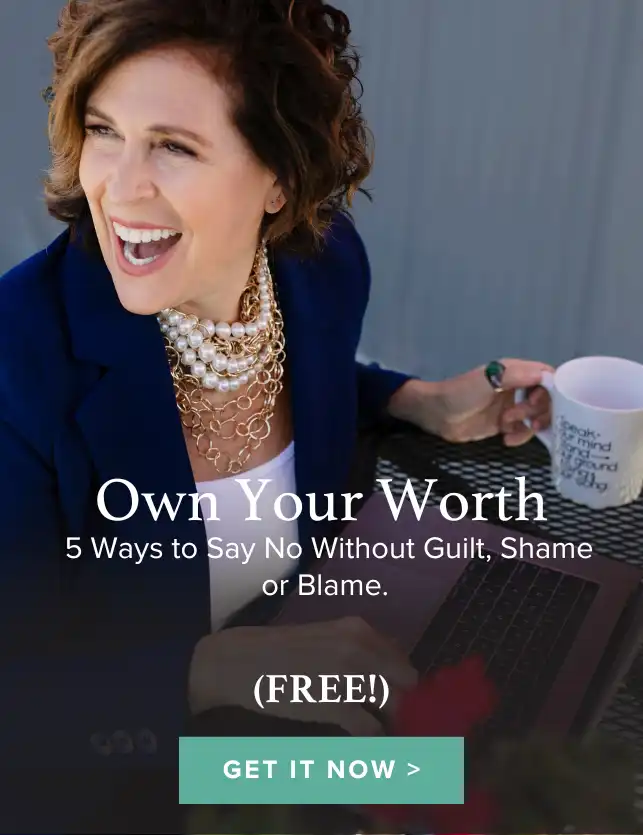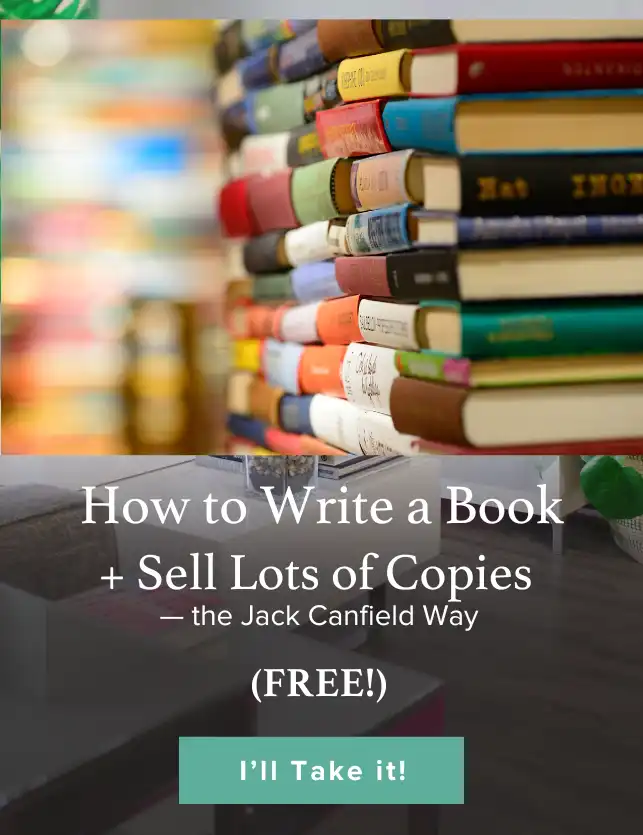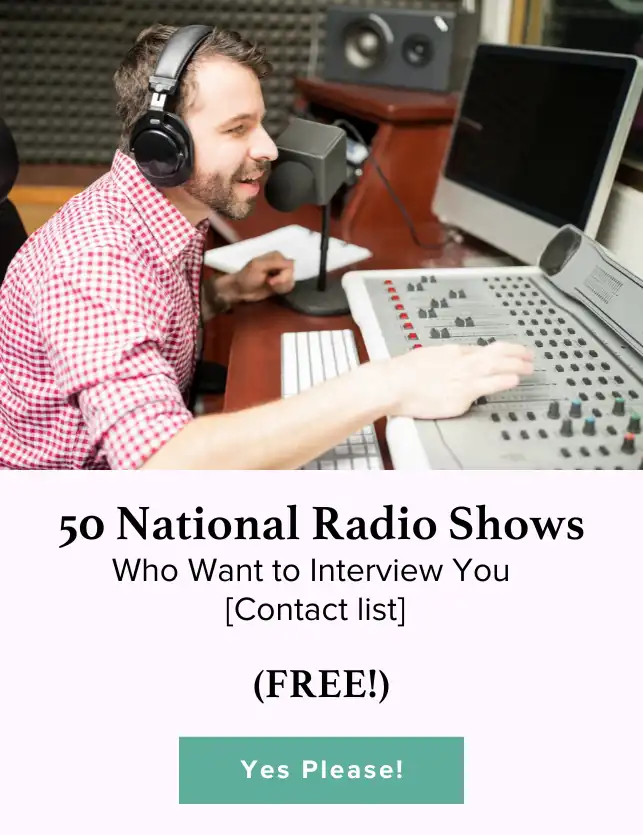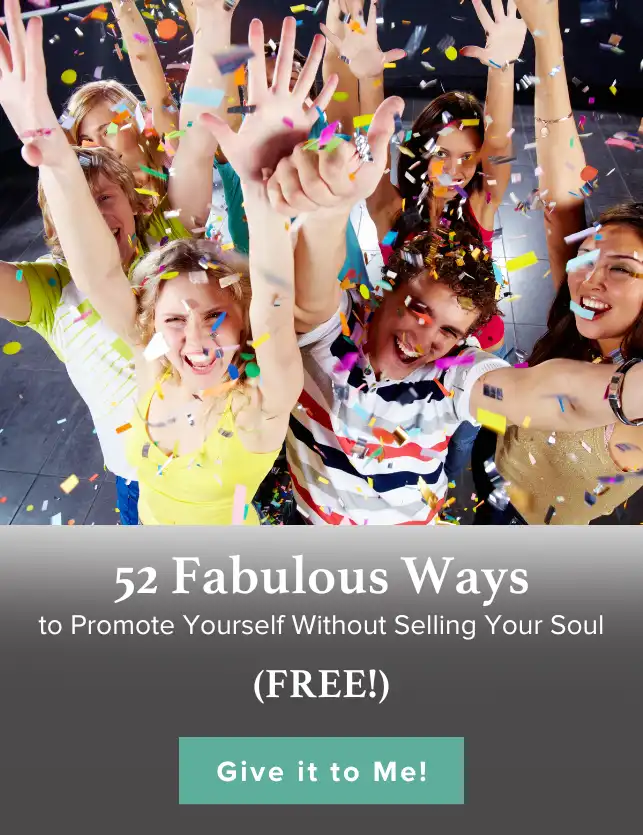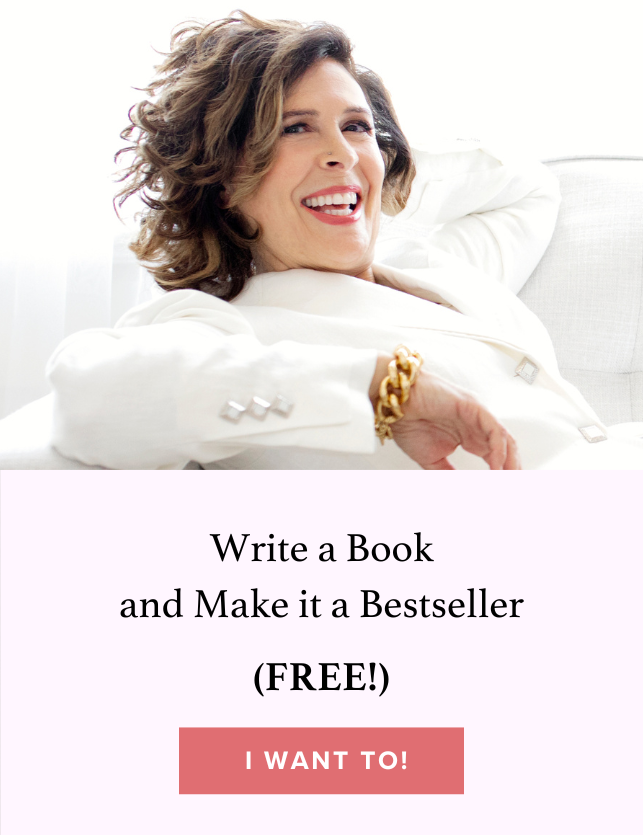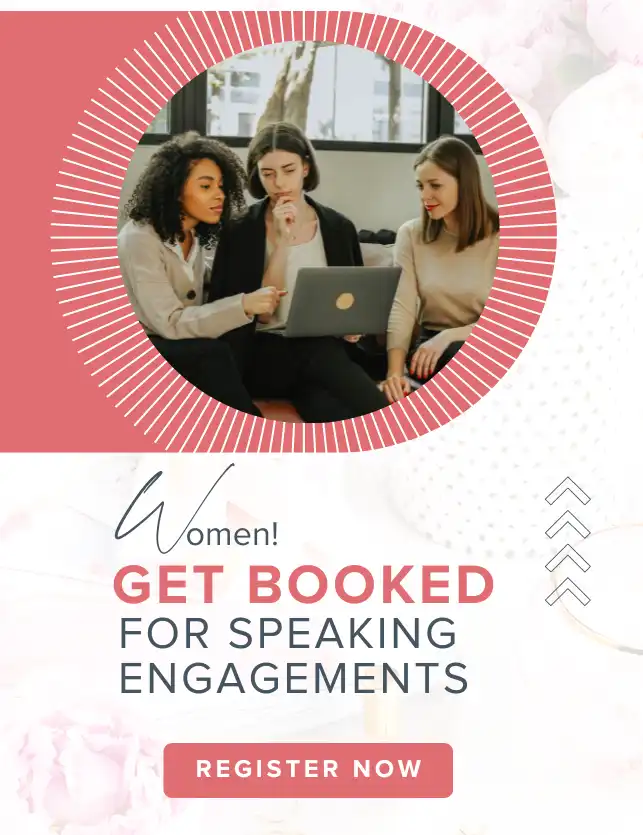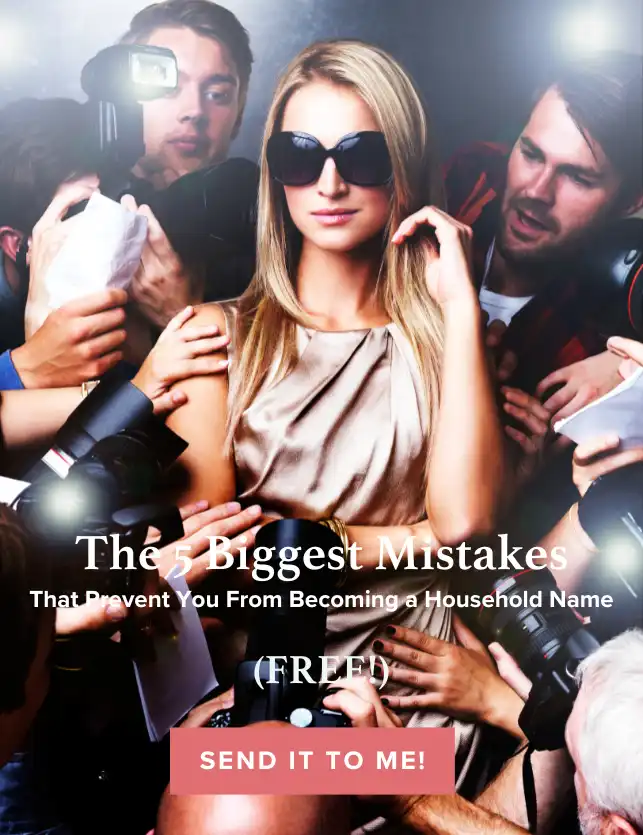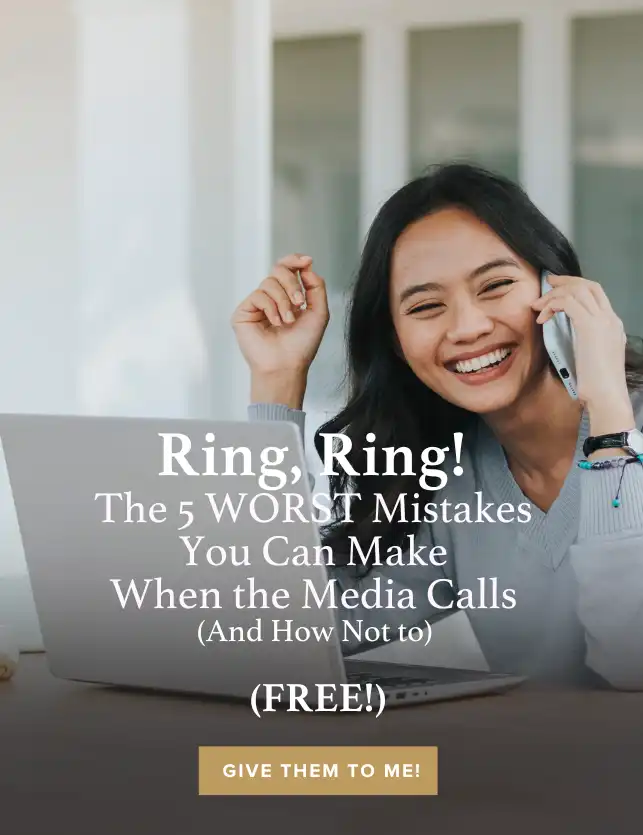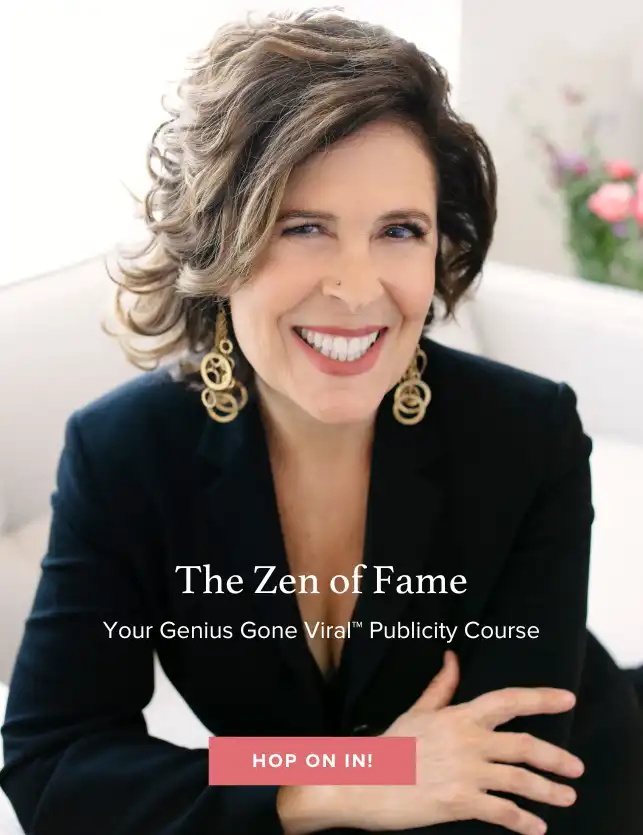Mastering Your Media Messages for CEOs, Executives, and Entrepreneurs
Mastering Your Media Messages for CEOs, Executives and Entrepreneurs- Interview by Cindy Skalicky – On Point Communications Podcast
Cindy: Hi everyone, Cindy Skalicky here with On Point Communications. Really excited to have you with me for this episode of Getting to the Point. This is our interview series where we bring in an expert in his or her field to share some tips and expertise to help you right now in your business today. And I’m really excited to bring to you, a new friend of mine, Susan Harrow. Susan is the CEO over at prsecrets.com, which is a website you can go visit right now or after this episode runs to learn more about her services there. But I have my cheat sheet of her awesome sauce. And it is impressive. She is a media trainer. She is a marketing specialist and – wait for it…she’s in martial arts.
So, I’m going to have Susan explain a little more about what she does with all of you. But we met through LinkedIn- right, Susan? That’s kind of how we got connected.
Susan: I rarely comment on anybody’s post, I mean, I know my mentor says I should be doing that all the time, but I’m not much of a super-big commenter. But I loved your piece on your daughter. And I just felt called. And I think …when we’re moved, act on your gypsy spirit in the moment. It’s what like when you’re moved to do something, do it! When you’re moved to connect with somebody, do it. And I think that’s a big part of PR, too. It’s like if you’re not feeling it, and you’re resistant to it, then it’s not going to flow well.
So, there’s a practice to getting into the feel of it, right? Like sometimes we don’t feel like it or we need to be connected to people. But I think that there’s really a practice of connecting with people to that I think is a big part of executive presence. Absolutely.
Cindy: And you and I both have an appreciation and a love for how to show up in communications, especially in terms of media and interviews. And that’s one of the reasons I immediately wanted to connect with you. Because in your LinkedIn profile, you talked about being in media training and in media strategy and developing people for these kinds of interviews and executive presence inside of those kinds of interviews. Which are very, forgive the pun, harrowing, for a lot of people. Can you tell us just a smidge about your career path up to now and what has been some of your passion, parts of that journey?
Susan: You know, it really started when I was in junior high and I was part of like three different groups. I was part of the artsy group, I was part of the smart kids’ group, and I was a part of the athletes’ group. I wasn’t in just one group. And one day I saw a kid beating up on another kid, and there was a huge crowd around him. And they he was pummeling him. And I got up there, I saw it was one of my artsy friends. And I’m like, why is he doing this?
I went and grabbed him off and pulled the bully off my friend and said to everyone there, you know, “What are you all looking at? Just get away!” I think that was a really beginning of me protecting misfits, the artists, the outliers of our world because they’re really like the innovators and the big thinkers, the ones that sometimes are the outcasts or the people who are a little different. And then that’s what I do today.
I really work with a B corps, the people who are doing the social good, or doing something like intensely creative or wild. One of my clients is called the “Ganja Guru.” I media-trained him 18 years ago. It was when the federal and the state laws of marijuana, of cannabis were conflicting. And so he could have gone to jail for five years. And I media-trained him for Dateline, partly to keep him out of jail, right? Oh, and then he’s just circled back 18 years later, because I was like, wow, it’s been a long time since we’ve talked. And this time, he was on Nova, talking about the shifting laws in Virginia where they can now, grow four plants or whatever, but he was talking about that.
But I bring that up because it’s people who are really thinking about the big picture of how we want to shift our world and what’s important, sexual slavery, food insecurity, education, AI for Good. Amazon AI for Good was one of my clients too, so that yeah, so that’s what really fascinates me is those those people and those things on the cutting edge of really truly making our world a better different place for everyone.
Cindy: I love that and you want to kind of protect them and also set them up for the success of what they can experience when they bring their message to the world. Right? Because you know that, I guess proverbially, they might get pummeled online or in the in the interview and you want to pull off, you know, the bad guy and set them up for for success. Let me reflect on that awesome way that you brought that storyline in and then shared it with how you work with clients today. I was like, where’s she going with this schoolyard story? But you nailed it – so well done!
Susan: That’s what I call a Signature Story. Why do you do what you do? And I have a number of them and so should you. But that’s one of the reasons why I do what I do. I could trace it back to my childhood, and it’s not always that way but you’re always going to be asked, Why do you do what you do? Why did you start your company? Why did you write your book? Why? So that’s a question that everyone needs to know the answer to.
Cindy: That’s such great advice. I have a couple of my own, of course that I also use, which I won’t tell here now. But you know, one of them is around the first assignment that I ever had. But yeah, origin stories are such great ways to launch into any kind of long term conversation.
Susan: Somebody called it a hero’s journey story.
Cindy: Oh, sure. That’s right.
Susan: Your the hero of your own journey.
Cindy: Right, right.
Susan: We really want to hear that personal part of you. I think that more than your business. Not everybody wants to hear about your business, but they’re more interested in your personal life. That’s been true for a long time. But it’s more true now. And it’s even true for bigger brands specifically. For now, we want to know what a company stands for, and what their policies and politics are. So it’s very different.
Cindy: Yes! For better or for worse.
Susan: For better or for worse, but that’s something that you should be there for, and also be put to the forefront, like be ahead of the curve and talk about what’s important to you within your company and outside in the world.
Point 1: Master Yourself to Master The Media
Cindy: Yep, exactly. Well, it’s a good transition into point one. We do three points here at Getting to the Point. Let’s jump in and do point number one, which really speaks to some tips you’re going to give to us around executive presence, right? When it comes to media interviews and what people ought to be thinking about, if they’ve got a call or something set up. Talk to us a little bit about what you advise people to do, so that they can exude that executive presence in a media interview.
Susan: Master yourself to master the media. So doing PR is as much personal development, as it is professional development. And really, when you’re at the level of doing like a national TV show, or even a podcast like this, what shows up first is – We get you in a quarter of a second. [Called thin slicing] First impression. Right. So it’s everything that you bring to bear. But what’s fascinating in the, in the literature and in the neuroscience is it’s not just the first impression that’s most important. But now it’s the lasting impression. So yeah, so when you are on a show, you want to make sure that you start very, just like any presentation or speech, starting strong and ending strong.
And one of the ways that you do that is by planning your points. So you want to have your key messages down, at least typically like six of them to weave into the conversation. But part of executive presence is being relaxed when you deliver. And that’s the thing. So there are techniques to prepare, you know, to prepare that build within you that build that mental and muscle memory. And then there are techniques in the moment. So there’s really sort of two sets of things that I do with clients in terms of building their mental and muscle memory, and that’s through role- play.
But it’s just really putting you through those scenarios. And the reason why you want to do that is the research shows and the neuroscience shows by George Lowenstein, is that oftentimes there’s a gap between thinking about it and the emotion that comes up.
Cindy: Yes. Right. You think that what you think – what you have in your head – is going to come out of your mouth? And it doesn’t.
Susan: You actually have to do it. Right? Right. You think what’s going to your like, I thought about this, and I’ve run it through my mind. No, it has to run through your mouth and through your body.
Cindy: Oh my gosh, yes. I literally just got off a call an hour ago with a client that I’m helping with client calls. So it’s not media necessarily, but we role-played the five-minute status update that he needs to do. And he learned very quickly that what he thought he was going to say, he didn’t say it. And so we read it three more times. And he’s got it down. But that’s a great tip.
What do you say about mindset, Susan, for people who are watching or listening who are just, you know, gripped by nervousness or fear, when the question asker has stopped asking the question, you know, that very small second in between? So what do you think about that? And then boom, suddenly, the nerves are there, the flushed face, the heart rate? How do you help people with the mindset part of that?
Susan: I call it mindset and heartset, so it’s really both. So before you’re even in the media interview, what you want to do is you can put your hands on your heart, because actually, and you can do this in private, right? Like, it’s not a public thing. So you would put your hands on your heart to actually connect to yourself and feel your body. Because what happens when we get nervous, is we go into our heads. So just do this. So you can be in your body ahead of time, feel your own hand. And then what you want to do is, and I know you were talking about this, in your last interview, you want to look at the dot like I’m looking at.
I’m looking at you so we’re talking about Zoom or a camera, but if this is a person, you want to look into the person’s face. So you want to give soft eyes, receptive eyes. So before you’re in the interview, you want to be thinking of someone or something that you love. It can be a pet, a baby, a person. So get the warm feeling in your body first before the interview and then you have the soft gaze to the person because we connect neurologically through our eyes. And so that’s the first thing. And then when, in the moment when you – Oh, my God, what do I say? So we tend to hold our breath. So the first thing is to remember to breathe.
Cindy: Yes. So that’s diaphragmatic breathing, right?
Susan: But just even in that moment, just take the breath, because it will seem like a long time. It’s not. Feel your feet on the floor. And then if you need a phrase to buy time, you can always say, “I don’t know about that, and what I do know is…” You can always use that even if you know the answer, or you can say, I mean, don’t use this a lot, but you can use it once. “Oh my God. That’s such a fascinating question.” But only use that once per interview. Oh, yeah. Otherwise, your credibility is going to go down, and you look unprepared. Just to buy time. Absolutely, yes. And just want to say, oops, I’m going to say don’t say the interviewer’s name over and over and over and over again.
Cindy: Right. Maybe once or twice, but not every time. Because then you are kind of buying time.
Susan: Yeah, but that can really save your skin in just remembering to breathe. And that’s why you want to practice. And that’s what we do in role-play. We ask the worst-case scenario questions, we ask the questions you don’t want to be asked, we ask all those questions. So when you do that, you’re already used to it. So every time it happens, and then it doesn’t really usually happen in an actual interview, because you’ve practiced it so many times, and you recognize the feeling. So it’s familiar now. So it’s not so scary. Feelings are scary when we haven’t experienced them before, or we haven’t had that experience, right? Most people haven’t.
Cindy: Well, and I’m imagining that you do a lot of work around visualization of the actual interview prior to it happening. And that probably has a lot of power. Because if you can’t, you can’t experience the real interview until it happens. But you can try, at least in your mind’s eye, to imagine what it will be like. And not just to imagine what it will be like but to imagine yourself succeeding in that moment. And not imagining yourself feeling vulnerable.
Susan: It’s not just a visual imagery, it’s a feeling. So it’s…This book that I’m reading now, which I’ve already done this kind of exercise because I’m a former [teaching] tennis pro and a black belt. And one of the things that I do when I trained even as a tennis teacher, tennis pro, is that you need to get into your mental and muscle memory and what that means is all the senses: feel, hear, see, smell. So it’s not just visualizing yourself, it’s feeling what it feels like in that situation and then trying to replicate that as closely as possible.
When clients come out of town to media train with me, we go to the CNN studio, so they can get the cameras, lights, here’s the dot, you know, for the remote interview. So they have the feeling of the cameras going in and out, the lights, the background, because you can’t have that experience otherwise if you’ve never done it. And then, you know, the lights are shining in your eyes and you get the countdown. And that’s when you’re like freaking out, right?
Cindy: Like you’re going live in three.
Susan: And then they asked you something that they said, we’ve gone through all of these questions and then they ask you a question that’s not is not on the books.
Cindy: You’re sweating. Yeah, yeah.
Susan: That happens so often. It does.
Cindy: Well, and sometimes they want…they want you to be fresh.
Susan: They don’t want to hear your rehearsed…they don’t want to hear what you practice. I want you to say what you’ve practiced, but in a fresh way. Exactly. They want something absolutely fresh that you haven’t ever rehearsed that you’ve never said before. And that’s why they do it.
Point 2: Media Trainer for Executives – Specifically for TV, Radio, Print, Podcast so CEOs, executives, entrepreneurs’ appearance has the real effect of driving business.
Cindy: Yeah, exactly. Well, it’s a good segue into our second point, which is a lot around prepping for print, TV, radio, podcast stuff. So that and I wrote this down, so that your appearance has the real effect of your growing business. Right?
Susan: So can you……grow your business and brand. Yes, so this is not just about entertain me, you want to inspire, entertain and educate. That’s what the media is looking for you to do. And you also want to serve yourself. So, in serving yourself, we look at what is it that you want to have happen from your media appearance. Now, it’s great that you’re interviewed by the New York Times or Forbes or Inc., or whatever. But what do you want to result from that? And then we backtrack to say, what are the questions you want to be asked? What are the answers you want to give them? What questions will lead you there?
So one of the things that you for sure want is you want to talk about your client successes or your customer success, but in such a way that it speaks to what the audience wants – to benefit them in some way. And that’s a way of talking about what’s important to your success through your clients. You want to have a story that gives an example of something that you do. So for my speaker clients, people who speak, I want you to tell an example, I want them to tell an example from speaking. So people know that you speak and to address exactly what and it can sound, you know, as simple as, “When I was speaking to this corporation, the question that people ask me most is…” and then you can go into that. So that’s not a client success story, but it shows people that you can be booked for speaking. So a success story is where you want it to be about the clients that you want.
Cindy: Totally. And, yeah, and what I think you’re hitting really hard, and which is super advantageous for our listeners is, it’s around strategy. You know, there’s so much. You talked earlier about, you know, having those storylines that match whatever your intro is going to be, or however you’re going to hook up to you, you know, from your past to your present. But this is exactly what I think a lot of people maybe just don’t know how to do, you know? Where do you pick from success stories or case studies and match them with the audience so that, you know, you’re advancing, like you said, advancing your business, trying to grow prospects, and informing people about what you do without being salesy, and, you know, super in-your-face? And it’s a great, great tip.
Do you have thoughts on how people can get started thinking about that? If that’s not really core to them? How do you kind of start people off in that process?
Susan: So a very quick sort of template is, where did your client or customer begin? What did you do to help them and support them? What problem did you solve? And what was the result? And the result is either quantitative, something measurable in numbers, like something that we can, or something that we can see, feel, hear. Or it’s transformational, which is moving a person from one state to another. So for example, one of my clients, who I’m not going to name but it was really interesting, because in the beginning, she was very flat and boring and humorless. And she wanted to be looser and said “I want to be more fluid.” And it turns out, she did have a great sense of humor.
She had a really great personality but it wasn’t coming out. And so really, after two months of media training, where there were relaxation processes, and also just getting to the core…her stories were really flat and boring. They were sort of surface stories, not going deep enough. So we just went deeper, deeper, deeper, she had some incredible stories that were moving. Like I was actually tearing up and then some of those stories that when she started to be able to be more relaxed to talking about she really became a thought leader speaking about, you know, she had all the statistics and she had the opinions about how a particular part of a system should be changed. I thought, oh my God, what was a great line in a Dorianne Laux poem [In Any Event] that I just heard. “We don’t know what we’re capable of.” [What we are capable of is not yet known, and I praise us now, in advance.”
Cindy: Yep. Yeah, exactly.
Susan: We don’t know how fast we can make that progress. For her was only like two months. And I thought, if you would have asked me, could she do this in two months? I wasn’t sure. When you don’t know what people are capable of. I believe that we are all open to this huge possibility of expanding ourselves. And the more we expand ourselves, the more we can expand in the media. And then the more things are aligned in that way, the more that that business that you want is going to come to you. Does that make sense?
Cindy: Absolutely. What it also makes me think about is, you know, when you were sharing about how she needed to go a little deeper into some stories, it reminds me of like, the five-layer cake analogy that I often use with content when building a message. You know, often we don’t go deep enough, or we go too deep too early with how much information we’re sharing. But it sounds like she was able to climb inside some of those stories and pull out those insights to share and then felt more confident in herself. I mean, I’m kind of just making that up.
Susan: But that’s been a lot about knowing which details to choose. They go deeper, but deeper doesn’t mean more detail, or more information. Getting the right information, to create the picture to create the feeling, and to convey the understanding. That’s where the consistent practice comes in. And then honing those stories. And when she said to me, she goes, “Oh my God, you know, you can say, you said what I meant to say.” And I’m like, actually, I’m just taking what you’re saying. You’re the brilliant one. And I’m just shaping it, because this is actually what you said.
Cindy: You’re the brilliant shaper, then. There you have it.
Susan: Just maybe putting in a different order, or bringing out one detail instead of another. That can be all the difference in making the story pop. So it’s that kind of selection process as we refine it, you have to know exactly what connects to the audience.
Point 3: The Flow of Q & A in Media Interviews. Self-management and polite interruption techniques so you can direct the conversation and get your message across.
Cindy: Wonderful. Well, let me ask you a couple questions about that Q&A process that often happens, you know, well, I know that a media interview is Q&A. For me, I think of it in terms of the end of a presentation. But do you have some tips for folks on how to come away with some mastery of that process? Because you and I have both been in situations or heard situations, and I’m sure our listeners have too, where the answers are just way too long and meandering. And you know, what do you say for your top one or two thoughts on how to do a really strong Q&A back and forth?
Susan: So remember, you’re just managing yourself, you’re not managing the other person. So it’s self-management. So what you want to think about if somebody is asking questions that are too long is you want to be able to jump in. Right? So there’s the person who talks too long. And this can happen more, it’s typically the lower levels that this happens. It’s not going to happen on broadcast TV, unless there’s like four different hosts going back and forth and you have to jump in. You just have to pick your moment.
But I think I can give you I can give you an example from one of my clients who was, was on national TV, and she was a lawyer, and she was already super experienced. And I said, when you get the first opportunity on a panel, you just take it and run with it. If you can get all four of your points in without being interrupted and without the host jumping to the next person, do it. But if there’s another person talking, and you have something to say, even if they haven’t pointed to you, if they haven’t moved the camera to you, jump in and add it. Because you’re adding something relevant, then the camera will come to you. You’re not going to interrupt the person, but you want to jump on that.
And you can say a quick transition by like, say, can do a quick transition by saying, “Oh, I totally agree with that.” Or “I don’t agree with that.” Either way, right? Or “There’s a statistic that supports…” because then you’re relevant and you’re connecting with that. The only time you would say, “I highly disagree” is if you really want to be controversial and you do that very consciously. You don’t want create a rift between you and the others unless it’s a purposeful rift for something that’s really important. And you’re not personally dissing them, but you’re furthering the conversation in a way that’s just going to make things snap.
Cindy: I love that.
Susan: So there’s a polite way to do that. And even if you’re in a conversation with somebody with the back and forth, you can say, you know, you can say something like, “I’ve got a thought on that.” Or, you know, and just be able to jump in. One of the quickest ways to jump in, and I learned this when I was in HR at Pacific Bell directory, the Yellow Pages, as a consultant for 10 years. I role played and did interviews with over 3,000 people. And so I was the so that’s part of where I…
Cindy: You cut your teeth on that.
Susan: Yes. So people would…they did this to me. That’s how I learned it from. So when we would put people through role play and I would be trying to get off the phone. I’m like, “Okay, you know, I got it. I’m not going to buy,” you know, and try to get on the phone. And they would say “Joan!” or whatever my name was for the day. So they’d say, “Susan!” And I’d always go “Yes?” And I was trying to get off the phone, and then they go blah, blah, blah, blah. And they say their point and then I go, “Okay, no, no, I’m not going to do that.” And then they’d say, “Susan”. “Yeah?”
So biggest, best pattern interrupt that you can ever do to just change the conversation. Because everybody, whether they want to respond or not…I didn’t want to respond and I did it like four times in a row! Right? I mean, yeah.
Cindy: And usually people like the sound of their own name. I suppose in this case, maybe not all the time. But…
Susan: Well, I was trying to get off the phone, end the conversation so we could move on. No, every single time they got me back into the conversation. Yes, with your name. So we think that sometimes it’s the simplest thing that works the best.
Cindy: Yes, for sure. Absolutely. Such great tips. Susan, we are all just going to be able to apply…I’m learning stuff right now as I’m listening to you that…
Susan: That makes me so happy because you are such a pro. You know, all the things. You know all the techniques…
Cindy: But we all have our own little special tricks that work in certain situations. And so I’m sure the reverse would be true if you were interviewing me, right. So it’s fun to add to our little, you know, bags that we carry around with the tools to trade.
Susan: Exactly. Transformational transmutation tool bag. Yes. Yes, exactly. Well, let’s wrap up because I know we’re close to the end of our time.
Rapid Fire 1
Cindy: Let’s wrap with one Rapid Fire question that I like to ask all my guests. And it’s around any books you’re reading right now sitting on your nightstand or…
Susan: One of the things that, you know, it’s interesting. I’m reading this one book called “Mental Training for Peak Performance.” It’s an older one, but it’s got some really fascinating things about Olympic athletes and their training. But what I wanted to say is I’m also reading a fiction book called “Shadow and Bone” by Leigh Bardugo. It’s a Middle Age book, and I actually finished it. But the one thing that I loved about that book was that, because I think this pertains to all people, there was a girl in it, and she didn’t…she had sort of tamped down her power because she wanted to stay in the same place, which was safe. And I…
Cindy: I’m getting what you’re throwing down.
Susan: I think we all have that. And when you start to do publicity, and shift from private to public person, you are opening in a different way. And she was sort of the sun summoner and I think that we want to summon all of our light – to share it with people because whatever message you have, it’s important to get out there. Whatever your offer is, and you are you know, the sun summoner for own brand. I know it’s a process and just saying this doesn’t make it so, but really start to open to the possibilities of your complete power.
Cindy: I love that. What a what a great kind of lasting thought which apparently we’ve learned today is really important, so well done. I think that in media training, it’s such a scary place for so many people. In fact, I just watched one, you know, a group I know not do really well on like a Fox News thing. It was very deer in the headlights and I thought, “Oh my goodness.” I put my hand on my heart, just wanting those folks to shine.
Getting out and knowing that you have this incredible capacity to grow and become more and to be unafraid with these moments that can really catapult you, your brand, your business, your clients, and advance you – those are some great reflective stories that are in that book. It sounds like a great character to dig deeper into. So that’s great. That’s great. Thank you, Susan, this was really fun. You are someone I really enjoy reading about when I cross your stuff on LinkedIn or your blog post.
Susan: I always read yours to bottom. I love it, I love it.
Free Media Training Resources
Cindy: How can people find you Susan? I know you’re on LinkedIn so I really encourage everyone here who’s watching and listening to just throw out a request to connect with Susan. What else Susan? Do you have anything else to share, resources where people can find you?
Susan: PRsecrets.com that’s my website and there’s actually a whole place on my website that says goodies so I have a lot of free things on there: The Hundred Word Email that Can Get the Media to Call You, The 50+ Places Where You Can Get Placed In Magazines. So I have a lot of free things there and I’m going to be giving a number of workshops on LinkedIn so I’ve got one coming up I don’t know when this is going to air so I’ve got a couple coming up so look for those. I don’t know how people find those exactly but they pop up as events. I don’t think that they’re going to see them unless they’re connected to me.
Cindy: Probably not, that would be my guess.
Susan: You can do is if I could be so bold please share some yes I would be happy to ask for what you want that’s right and make sure it’s recorded exactly and I’m going to ping you and send them to you so you can pop them up to your network.
Cindy: I would be more than happy to do that and serious value bombs here people with regard to what Susan’s offering for free and just in terms of the you know the whole podcast here today has been great so I’ll be sharing this with all of my network and in many instances with specific clients or connections I have who are upping their game and media training and need your help. So thank you for being here for people who do presentations because that’s not something that’s a specialty
Susan: Well I would love to meet anyone else in your network and that’s exactly one of my areas of passion and that’s how we connected as well from some of the writing I was doing about those.
Cindy: Susan this was super fun thank you for coming and joining me today and for all of you watching and listening yes definitely give this a like or a share and go find Susan on LinkedIn.
Check out our PR and Media Training Workshop to Jumpstart your Publicity
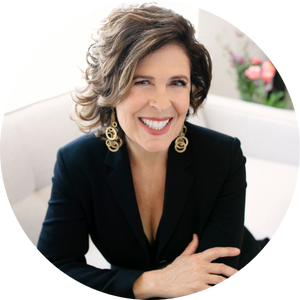
Like what you read? Share it!
Disclosure: Some of the above may be affiliate links that I will be compensated for at no cost to you. They are products or services I’ve either used, vetted or trust. Enjoy!
WE THOUGHT YOU’D ALSO LIKE THESE POSTS


